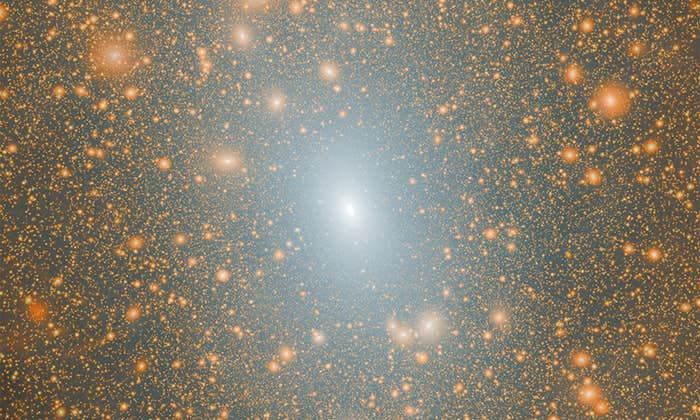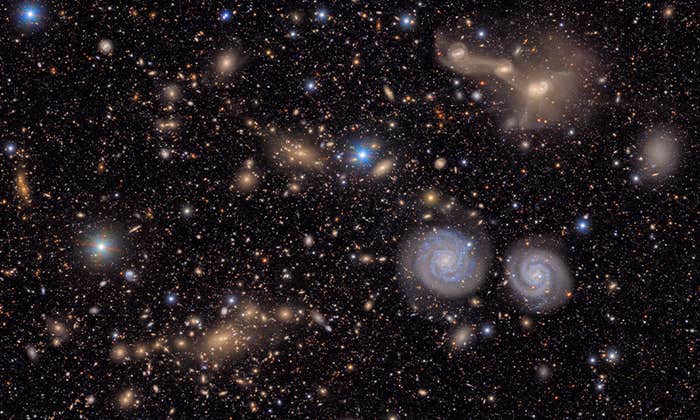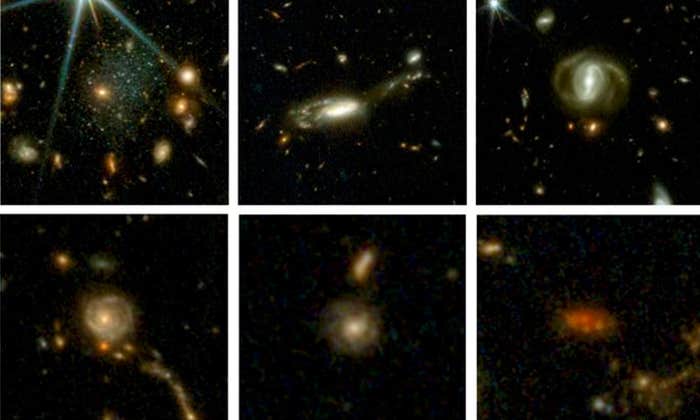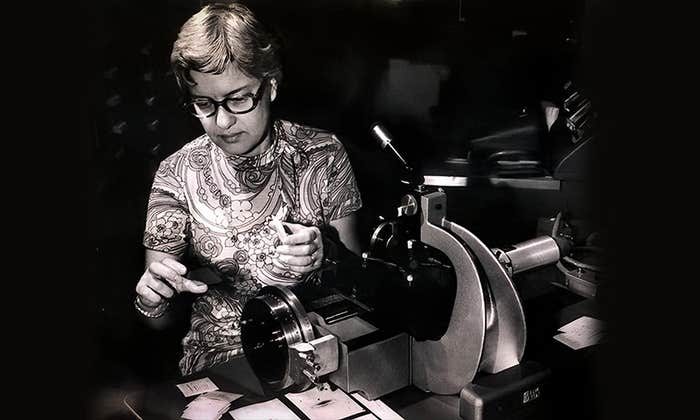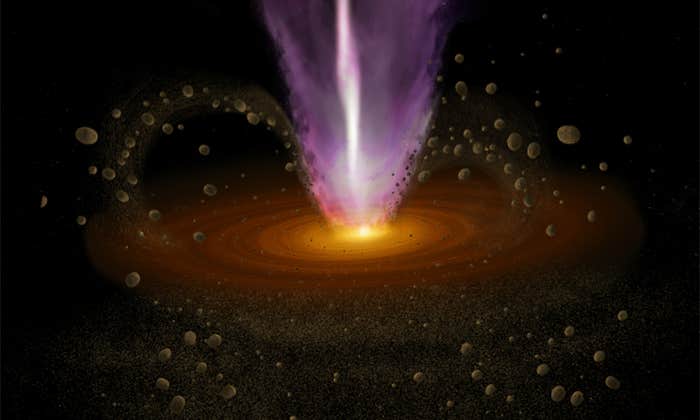You and I have homes, but do stars and planets? After a fashion, yes—solar systems are shaped from clouds of interstellar gas known as protosolar nebulae. Because nebulae have identifying chemical signatures—proportions of hydrogen, helium, iron, and other elements—stars born from the same nebula carry a set of chemical “family traits.” After birth, these sibling stars (which are also roughly the same age) are loosely gravitationally bound to each other, and travel through space in what is called an “open cluster.”1 Their celestial home.
Our own sun probably had a nearby family once—a few stars located in its open cluster. But over the course of millions of years, it has parted ways, both with its ancestral home and with its siblings, becoming solitary in the universe. If this already sounds like a movie you’ve seen, wait until you hear this: We humans, the progeny of our sun, are in the midst of an epic search for its long-lost family.
The motivation is simple. Early, familial solar systems could have exchanged biological matter through asteroid collisions and material ejected off-planet through enormous volcanic eruptions. “We do know meteoroids which have been thrown off Mars and landed on the Earth,” says astronomer Mauri Valtonen of the University of Turku in Finland. He studies the panspermia hypothesis, which posits that life exists throughout the universe, distributed on these varying material conveyor belts. Our biological cousins, Valtonen says, may be living on planets orbiting the sibling stars of our own sun. Even if they don’t, finding a planetary system similar to our own would help us better understand our history. And searching for a particular set of stars and planets is more directed and focused than searching for exoplanets across the entire vastness of space.
But finding the sun’s birthplace has proven to be a challenging task. The story begins in 1796, when French mathematician and astronomer Pierre-Simon Laplace proposed that our solar system was formed when the solar birth nebula contracted, flattening and shedding rings of material that collapsed into the planets and the sun. Twentieth century astrophysicists realized that this would require the planets in our solar system to have been orbiting the sun at very high speeds, possibly enough to have been thrown out of their orbits.
Familial solar systems could have exchanged biological matter through asteroid collisions and material ejected off-planet through enormous volcanic eruptions.
This was an outstanding problem until 1972, when the late Soviet astronomer Viktor Sergeevich Safronov proved that the sun and its planets originated from a leftover disk of material that had separated from the original birth nebula. Later that decade, astronomers even thought that they had found the sun’s home: the Messier 67 cluster in the constellation of Cancer. Messier 67 is very close by—only 2,900 light years away, an easy drift for the sun—and has stars with a similar chemical composition to ours.
This, alas, proved to be the wrong trail. Computer simulations by Barbara Pichardo and her colleagues at the National Autonomous University of Mexico proved our sun was not from Messier 67. The relative speed between the sun and Messier 67 is approximately 200,000 kilometers per hour (kph)—too high to assume that the sun was born there, Pichardo says. To break free from the cluster’s gravitational bonds, the sun needed a relative speed of only 70,000 kph. “This is the main reason we know it was not born there, because there is no plausible explanation to that enormous speed difference,” she explains. “The probability is just microscopical.” Also, spectral studies of Messier 67 suggest that the cluster may be younger than our sun by about half a billion years; so it could not have been our sun’s home.
Part of the difficulty is that the sun has been apart from its birth cluster for a long time. “The trigger that started the birthing process of the solar system may have been a nudge from either a star passing by the birth nebula or shockwaves from a nearby supernova,” says Ian D. Hutcheon, deputy director at Glenn Seaborg Institute at the Lawrence Livermore National Laboratory. This same initial impulse eventually caused our solar system to either break off from its birth cluster, or to drift away, losing touch with home and family. Before long, galactic winds dissipated the remnants of the home nebula, leaving few clues behind.
Our biological cousins may be living on planets orbiting the sibling stars of our own sun.
What’s more, all of this happened a very long time ago. Mike Brown, professor of planetary astronomy at California Institute of Technology, thinks finding the sun’s home is now impossible. “For 4.5 billion years, our solar system has orbited the Milky Way galaxy 20 times and has been gravitationally pulled and tugged at by passing stars and clusters,” Brown says. In his opinion, the traces have long been erased.
But Valtonen and his colleagues have not given up hope on finding the sun’s siblings. His team has combed through more than 118,200 candidate sibling stars, using location data recorded by the European Space Agency satellite, Hipparcos. They then traced back each star’s orbit, to look for a point of intersection with our sun. Two stars, HIP 87382 and HIP 47399, caught their interest. “They seem to have crossed paths with the sun at the required time in the past,” Valtonen says.
They are also both G-type stars, meaning they convert hydrogen to helium by way of nuclear fusion and have a surface temperature ranging between 5,300 and 6,000 kelvin (K). Our sun, too, is a G-type star, with similar temperatures. The two candidates also have metal content similar to the sun, are at the same evolutionary stage as the sun, and are only about 100 light-years away from Earth. “If we were to look for signs of life anywhere in the universe, these stars and the possible planets around them are good places to start,” says Valtonen.
Whether or not the two HIP stars are relatives of the sun, one thing is clear: Family matters, even in the celestial sphere.
Joseph Baneth Allen began looking up to the stars as a young boy growing up in Camp Lejeune, N.C. He now writes about astronomy and space exploration from his home in Jacksonville, Fla.





















